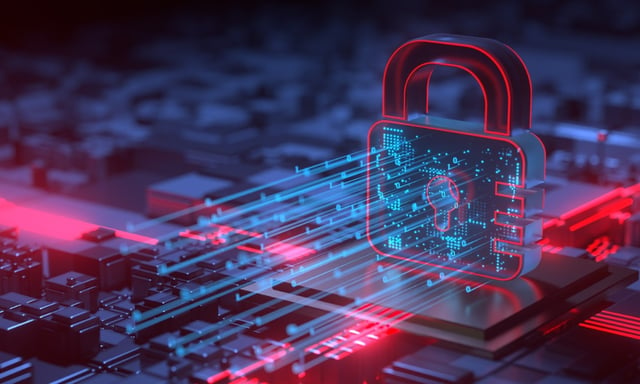Cybersecurity stands as the formidable shield guarding against an array of sophisticated and persistent threats. With a global dependency on the internet for even the most basic tasks, the need for robust data security has become paramount. As the world becomes more interconnected, the shadows of cybersecurity threats loom large within our networks.
The society, where connectivity opens doors to innovation and peril alike, necessitates a vigilant approach to navigate the intricacies of network security. This becomes increasingly critical as cyber threats evolve in sophistication and scale.
The vulnerabilities inherent in the web of connectivity extend beyond what meets the eye. Seemingly innocuous devices become potential entry points for malicious entities, exposing the unsuspected risks tied to our networked lives. From unsecured Internet of Things (IoT) devices serving as gateways for hackers to manipulating the human element through social engineering, the pitfalls within our network are diverse and multifaceted.
The Internet of Things (IoT), while empowering our digital age, introduces vulnerabilities that can compromise entire networks. Security cameras, thermostats, and various connected devices often lack stringent security standards, paving the way for cyber-attacks. Hackers exploit the human factor through social engineering attacks. Manipulating employees’ trust becomes a common tactic for breaching defenses.

Beyond external threats, the specter of insider attacks poses a significant risk. Employees, knowingly or unknowingly, can compromise critical data. Insider threats persist as a significant challenge in the cybersecurity domain. Employees leaking confidential data to cybercriminals can lead to security breaches and reputational losses for organizations. Cybercriminals also intercept and examine data traffic taking advantage of lack of secure Wi-Fi connections which exposes individuals to potential data breaches.
Another tactic of cybercriminals is the use of Malware and ransomware to cast enduring shadows across the cybersecurity space. These malevolent agents morph through stealthy phishing expeditions to debilitating ransomware onslaughts. Phishing attacks target users’ login details and credit card information. Despite advanced email filters, phishing attacks continue to infiltrate inboxes, posing a persistent threat.
The increasing prevalence of mobile banking introduces new challenges, with malware targeting smartphones and tablets. This sophisticated form of cyber intrusion steals sensitive information, posing a significant risk to users’ financial security. Fraudsters exploit individuals’ trust and curiosity, leading to significant financial losses for businesses.
As we navigate through the shadows of evolving cybersecurity challenges, Artificial Intelligence (AI) emerges as an indispensable tool in detecting and countering cyber threats. The ability of AI to identify irregularities and potential risks promptly enhances the cybersecurity posture. From sophisticated phishing attempts to imminent threats, AI-driven security measures contribute to a proactive defense strategy.

Nevertheless, embracing a zero trust mindset will help to fortify defenses against evolving cyber threats. The concept of zero trust mindset challenges conventional ideas of trust, advocating for continuous verification. Also, encrypting data both in transit and at rest ensures an added layer of protection. This parallels personal security measures, where valuable possessions are secured within a safe. Organizations must prioritize data encryption to safeguard sensitive information.
The commitment to cybersecurity extends beyond technological measures; it is deeply ingrained in the corporate culture. Recognizing human error as a weak link, organizations must invest in security awareness training programs. Equipping employees to identify potential threats contributes to the collective resilience against cyber threats.
In conclusion, as technology evolves, so must our strategies to safeguard against threats. We must adopt a culture of vigilance in order to pave the way for a safer and more secure digital future.
Sources




